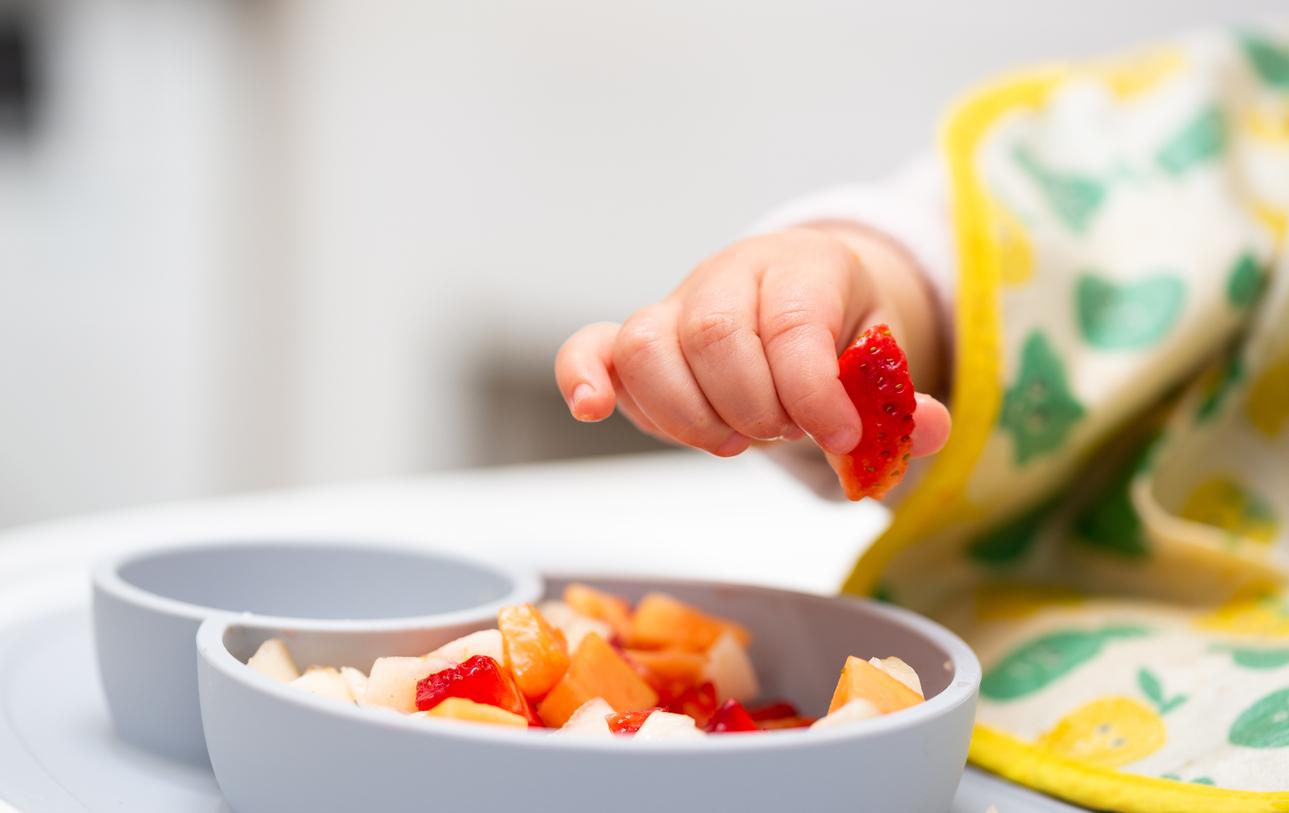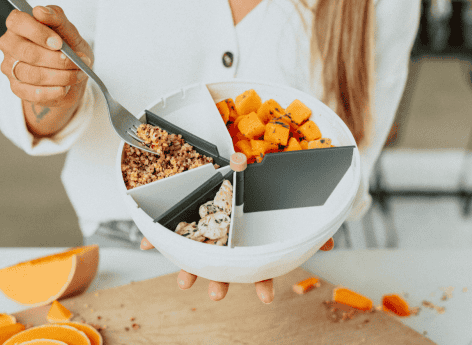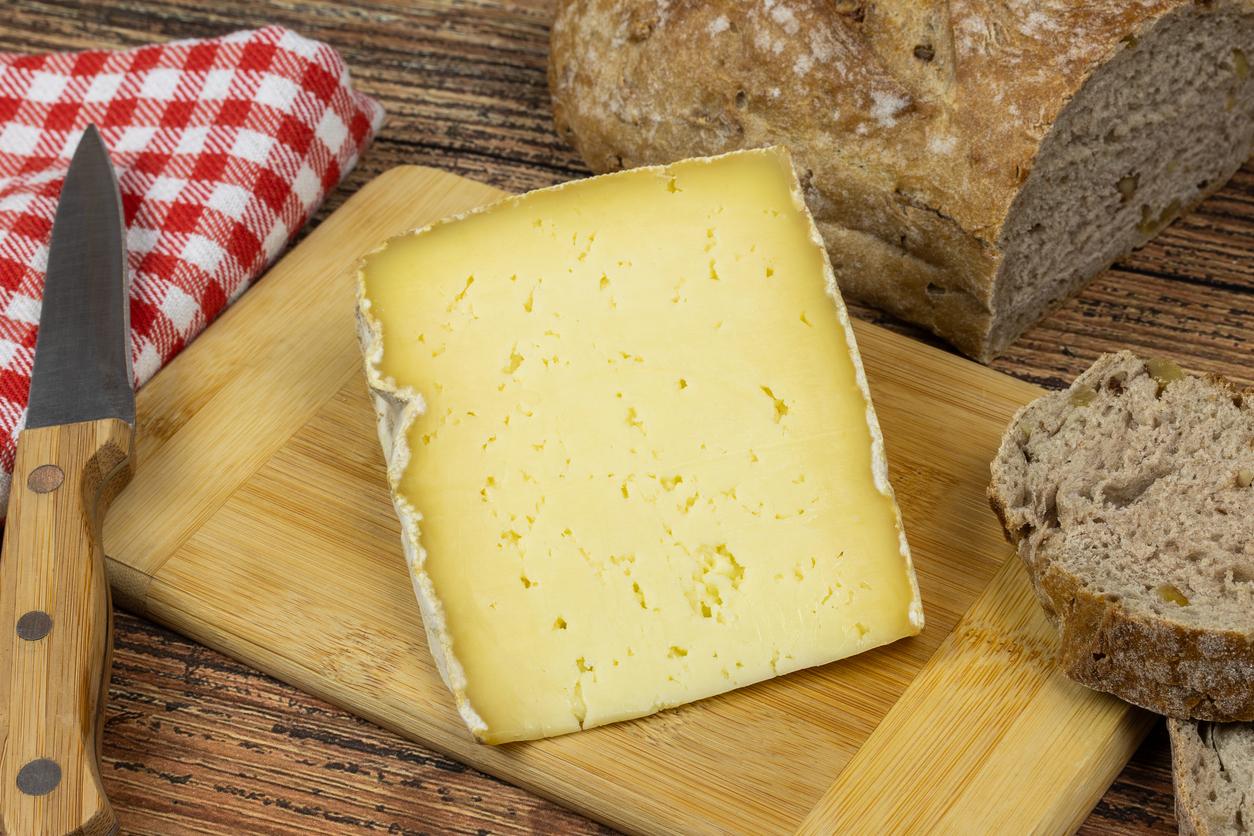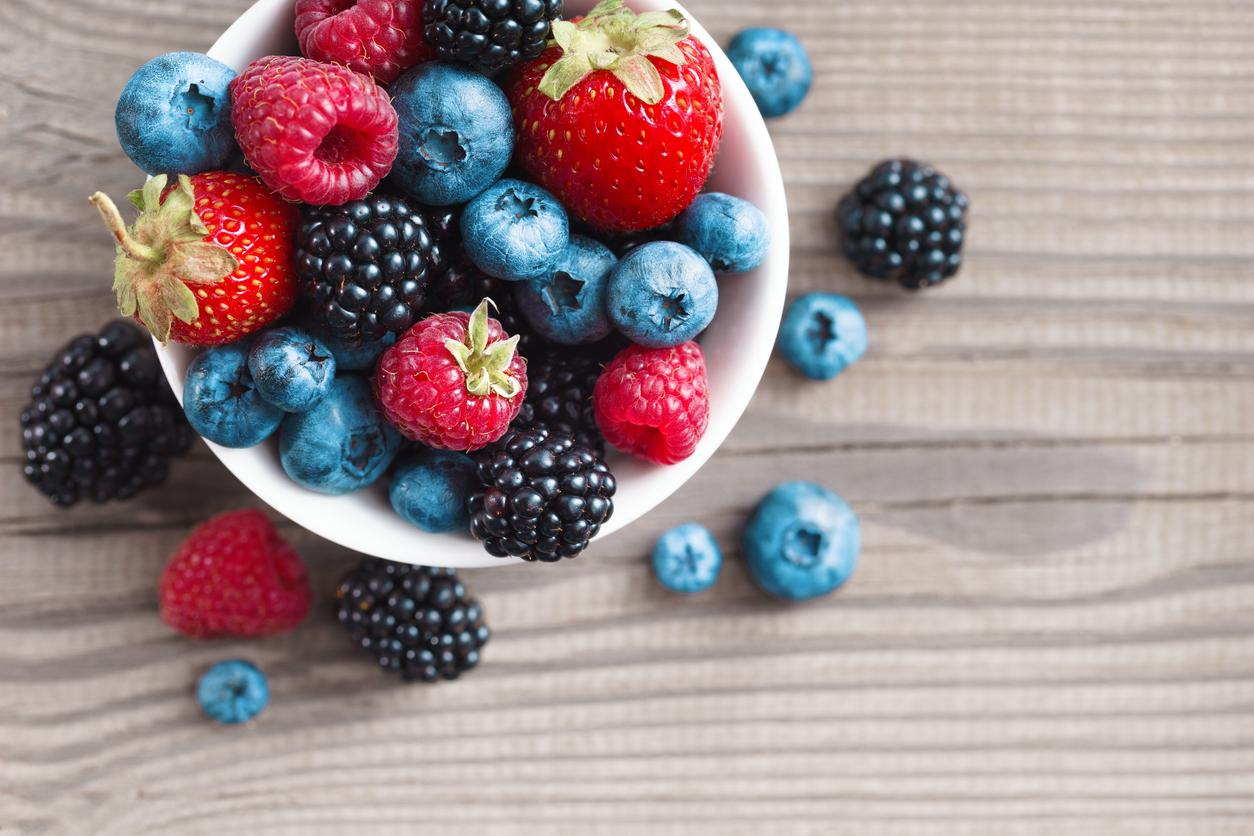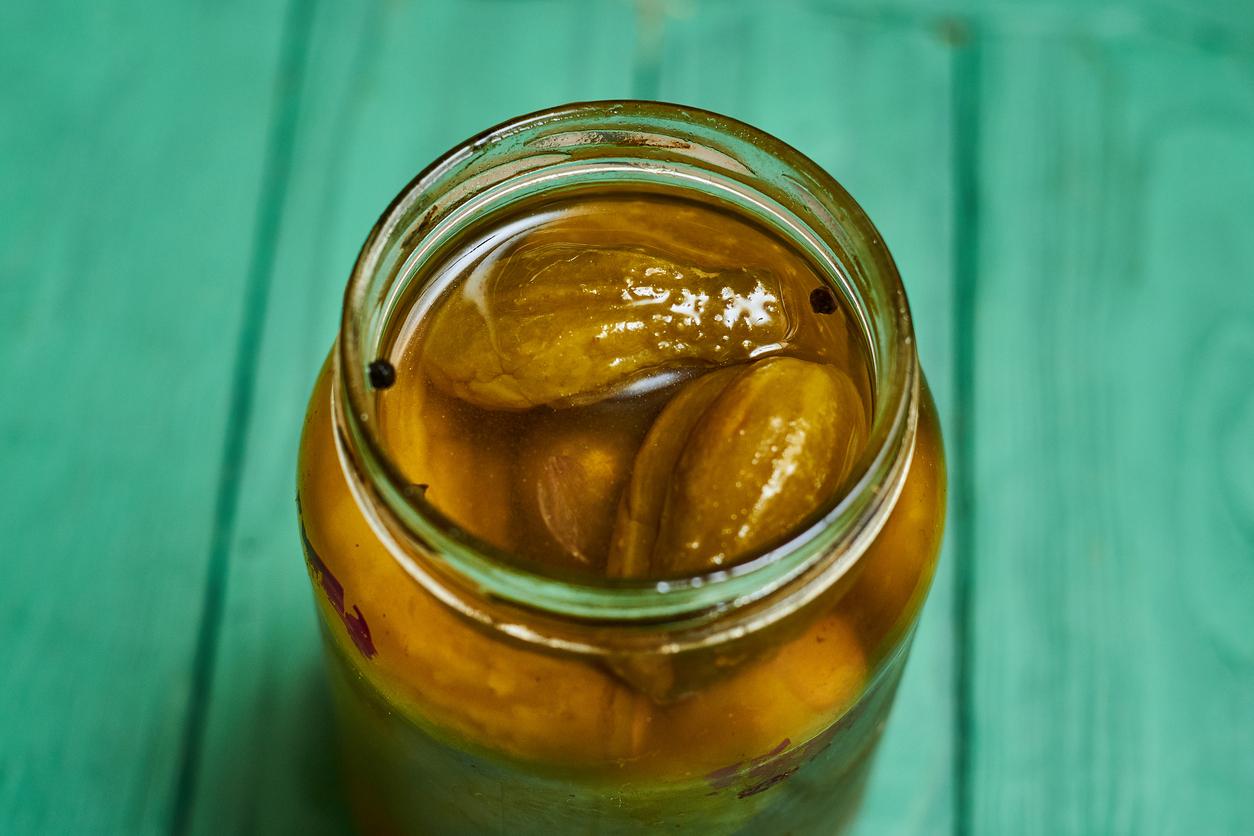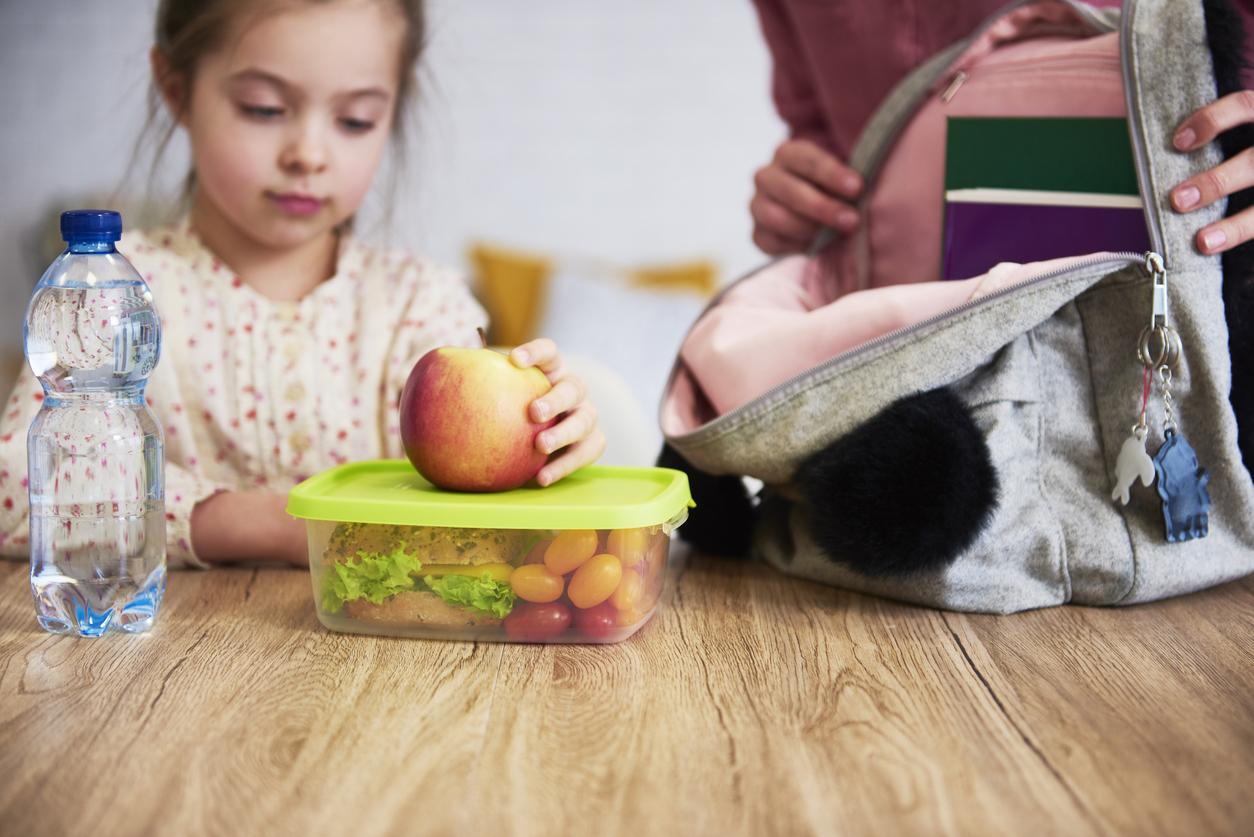Most of the time, when I offer diets with set amounts, my patients show concern. The idea of imposing weights on themselves for good food proportions frightens them. It is nevertheless essential but it must be explained.
It is impossible to develop a diet precise, with results known in advance, without determining exactly the quantities of food to be consumed.
Food proportions, the right amounts
Even a leaf of radish contains some calories, so the equation energy consumed/energy expended is necessary to lose pounds, under penalty of never seeing the needle of the scale go back in the right direction.
However, there are ways to circumvent the obstacle. First, because weighing food does not require surgical precision.
Simply control the ration of a food once in a while to get into the habit of regularly consuming the same portion and check that you are not gradually increasing your rations and returning to those before.
Second, food labels and product packaging now allow portion control without the need to put them on a scale.
Finally, you can use a plate, put it on a balance and controlling the weight of the food, to make the operation even easier. Is it so complicated, so difficult? Frankly, I don’t think so.
It’s just a healthy educational effort. I also recommend to my patients to start their diet at a time when they will be quiet for one or two days, just to ensure this preparation essential for good quality weight loss.
Vegetables and raw vegetables
The good portion of vegetables classics would in principle be 200 grams. You will however find in this book equivalences intended to show you that, in certain cases, one can increase or decrease this quantity.
However, for this category of food, let’s think differently. Especially if you are able to consume larger amounts than I recommend. Do you plan to eat very large portions of vegetables or fruits? No worries for me; on the contrary : don’t deprive yourself of it.
Since heavy swallowers are likely to eat something else when hungry or feeling hungry, fruits and vegetables are better than calorie-dense products. Vegetables have 25 to 60 kcal per 100 grams, fruits 40 to 90 calories, which is very low compared to other food categories.
Note, for example, that 25 grams of cheese is worth an average of 100 caloriesas much as 300 grams of tomatoes.
Fatty substances
For the fat, the portion scale is counted in teaspoons or tablespoons of oil, easy to use in the kitchen. You will see in this book recipes for sauces; well, two level tablespoons are more than enough for a seasoning.
If you decide to use the salad dressings of commerce, the dosage is the same; if you choose the light formulas, you can serve two to three tablespoons, depending on the sauce.
The ideal portion of protein: meat, fish, egg…
In general, the portion of one meat normal is 4 oz, but may vary due to fat content. Do not traumatize yourself, however, because apart from so-called “fatty” meats, a moderate variation in weight is in no way an important criterion.
For example, let’s remember that a frozen ground beef weighs 90 to 100 grams, that a restaurant rib steak peeled of its fat weighs about 140 grams, and that a steak tartare weighs about 150 to 160 grams. The important thing, whatever the piece used, is toremove the fat around.
For the Pisces, the ideal amount is 170 to 180 grams; a little less for tuna and salmon which are fattier, as well as herring and eel. You can take two or three eggs in place of a serving of meat, as long as you don’t do it more than twice a week.
With all of these products, once you get the ‘compass in your eye’, small variations won’t matter. Only will be interesting to carry out a fortnightly weigh-in to check that you are not increasing the food proportions despite yourself.
Bread and starches: the right food proportions
Starchy foods are included in this category as well as pasta, rice, potatoes, semolina that legumes, i.e. lentils, broad beans, white beans, chickpeas. A ration of 100 grams corresponds to three or four tablespoons, or a small bowl in an exotic restaurant.
It can also be evaluated in a plate considering that it is a quarter of its content.
For some time now, many of us have been giving back to the bakery bread his letters of nobility. Why ? Because it is by far preferable to consume this bread, as the proportions of industrial breads vary considerably from one brand to another even when we are talking about a simple slice.
If you want to avoid weighing the bread, ask your baker to to slice ; it’s a good way to appreciate the weight of a slice. A slice of bakery bread weighs about 15 grams.
It is up to you, depending on the quantity eaten, to establish the number of them to take. For the industrial pastries, the sizes vary from 30 to 45 grams. They are generally more important in bakery, which justifies buying mini pastries, which weigh around 30 grams.
Finally, the slices of gingerbread weigh about 15 grams. A serving of two is more than enough. It is often our indulgence that modifies the balance of food proportions.
Cheeses and dairy products
We often recommend portions of 25 to 30 grams. As these are the individual commercial portions, it is preferable (both to avoid weighing the food but also to avoid refilling) to buy it in portions ; this lets you know when you see cheese on a diet plan that a pre-cut portion is enough.
It is always a single product. Please note: manufacturers tend to increase the quantities to go from 125 to 150 or even 170 grams. A portion of dairy products correspond to 4 ozi.e. a traditional pot.
Also beware of dairy desserts, which have nothing to do with dairy products, as they are generally sweet and fatty preparations.
Of course, these quantities are only reference quantities which can vary according to your morphology, your sex, your age… This gives you a basis to find, for you, the good food proportions to respect to maintain a varied diet and balanced and keep the line as long as possible!












